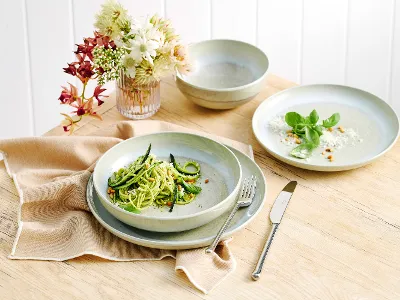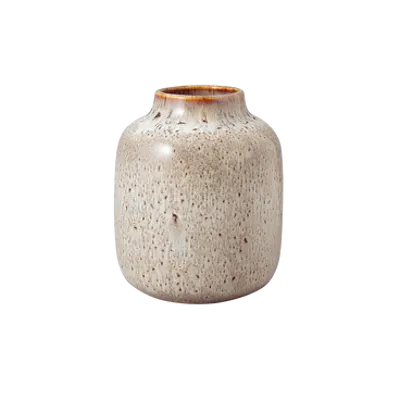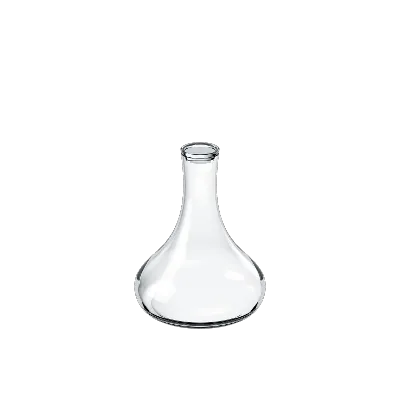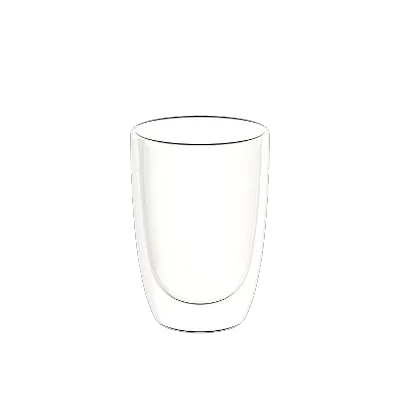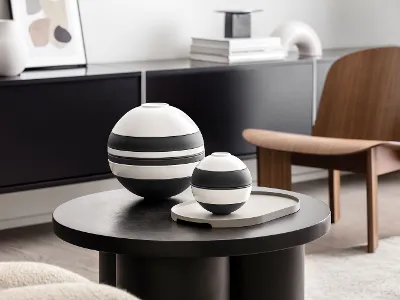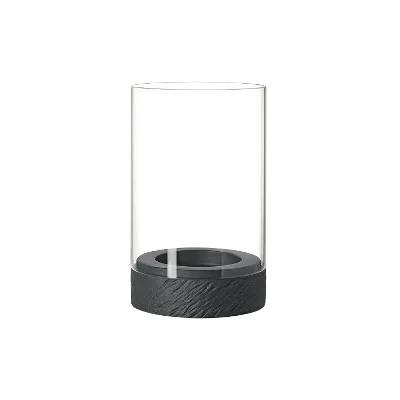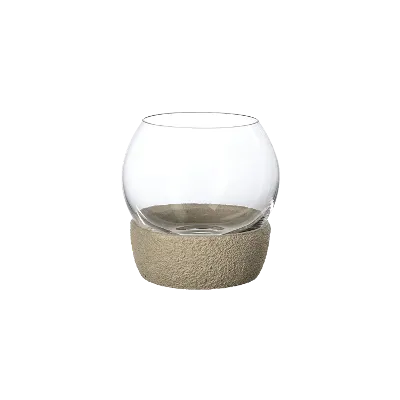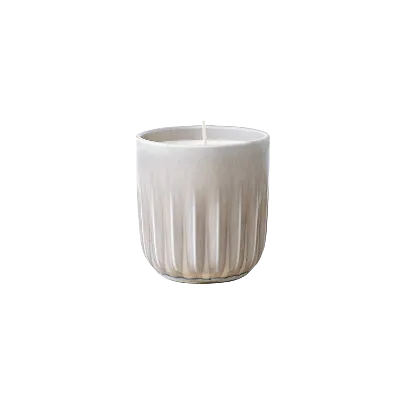Order cut off dates for Christmas Deliveries:
15 Dec for WA, SA & NT | 18 Dec for all other states
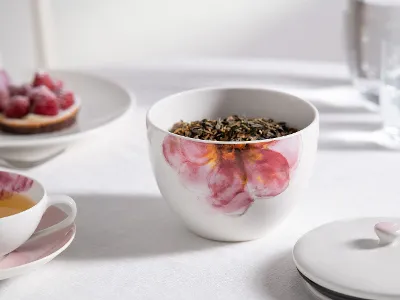
Maté tea
Maté is found deep in the South American rainforest and was considered a drink of the gods. It has long been enjoyed by South American indigenous peoples. “Maté” first simply referred to the traditional drinking vessel. The Guarani name for maté is ka'a, while it is called yerba in Argentina and chimarrão in Brazil. No matter what you call it, maté makes for an unusual, stimulating and delicious beverage.
What is maté?
The South American indigenous peoples made maté from the leaves of the yerba maté tree, a species of holly. Following the discovery of America, maté was introduced to Europe, where its taste soon made it a popular choice for a hot beverage.
Maté tastes earthy, sweet, slightly bitter yet fresh. Scientific studies have found 250 components in its aroma.
Maté is an excellent pick-me-up. It contains about 80 mg of caffeine per cup – that is only slightly less than coffee. However, the substances theobromine and theophylline enhance the effect of caffeine.
Thanks to the tannins, its stimulating effect is slower than with coffee and lasts for longer. This explains why maté is a popular ingredient in energy drinks.
Maté is an authorised medicinal product in Germany. It is often used to help with weight loss as it acts as an appetite suppressant. It also has digestive and diuretic properties,
and is said to improve concentration and performance. Studies conducted by the University of Illinois have shown that maté can play a part in preventing bowel cancer.
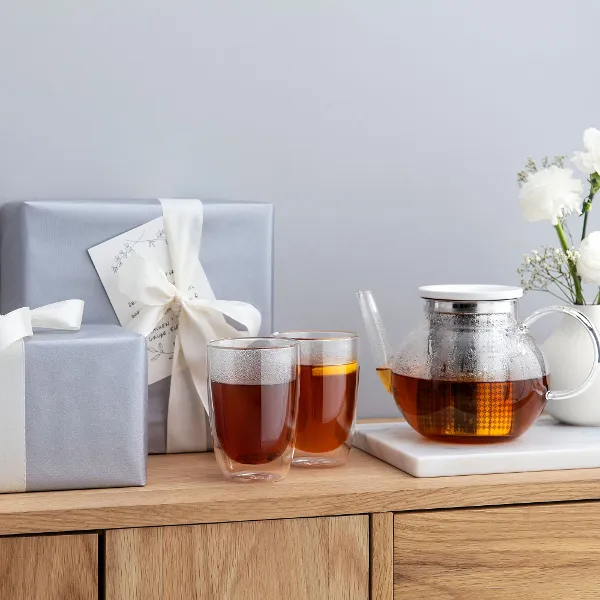
Artesano Hot & Cold Beverages
To enjoy the full maté experience, you will need high-quality tea along with the right accessories to enjoy a pleasant ritual. You’ll find selected products for a stylish tea experience here.
The right preparation
Follow the traditional way to prepare maté for a moment of respite from the daily routine. The South Americans used to drink their maté from hollow calabash gourds. Rounded bowls, made from pumpkin or wood, are still used today.
An important accessory for maté is the “bombilla”, a perforated drinking tube-like straw. When you prepare maté, you leave the tea leaves in the drink so they can be infused several times. The bombilla has a strainer at the end so you can drink maté without being bothered by the tea leaves.
Roughly half of the maté cup is filled with leaves and then water (about 40 °C) is poured over. It should steep for about two minutes. Then more hot water, this time between 70° and 85 C, is added until the cup is half full.
Some people don’t like the bitter taste of the first infusion and pour it away before making the second and third infusion.
Unlike green tea, maté won’t become bitter if it is steeped for a long time.
It is slightly easier and more hygienic to drink maté from porcelain tea cups. A tea filter or tea ball with five spoons of tea leaves is placed in a teapot, followed by one litre of hot water. It should steep for three to five minutes. You can also proceed with two to three infusions when maté is prepared in a teapot. For a quicker solution, maté can also be made using tea bags. Flavoured versions are even available: in Argentina they like to drink maté with cinnamon, peppermint or cherry aroma.
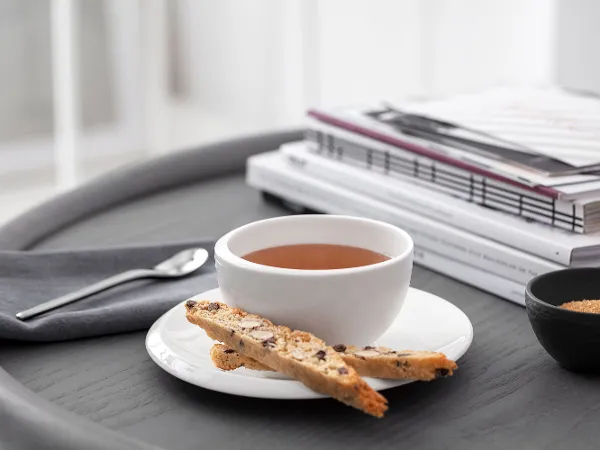
The difference between maté and matcha tea
Maté and matcha tea may sound very similar, but they are two, completely different hot drinks. Maté comes from the yerba maté tree native to South America, whereas matcha tea comes from the tea bush and originated in China. Maté leaves are relatively coarse. In contrast, matcha is a fine green powder that dissolves completely into the tea. Both can contribute to weight loss, but maté is a more effective pick-me-up. Green tea contains a wider range of health benefits, proven to a large extent by scientific studies. These two drinks also taste very different. Which tea do you prefer – maté or matcha? Try both specialities to decide on your favourite.
